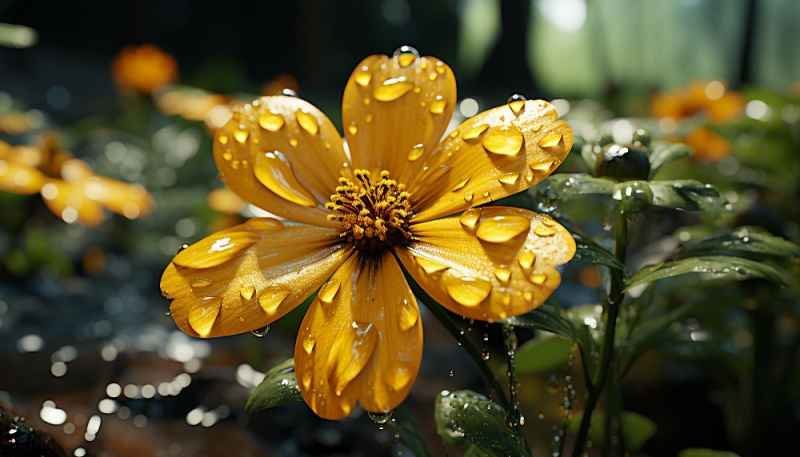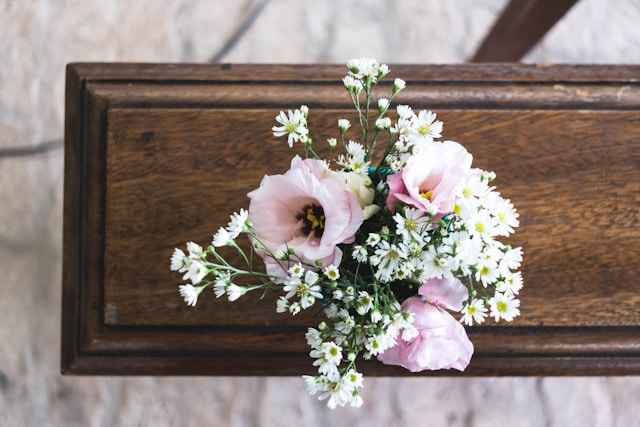Introduction: The Beauty of the Sundrop Flower
The Sundrop flower, with its radiant yellow petals and delicate charm, is a favorite among gardeners looking to add a splash of sunshine to their outdoor spaces. Known for its bright, cheerful appearance and easy maintenance, the Sundrop flower (a common name often referring to members of the Oenothera genus, particularly the Evening Primrose family) is a versatile plant that thrives in various conditions.
Beyond its beauty, the Sundrop flower is also valued for its resilience and ability to attract pollinators like bees and butterflies. Whether you’re a seasoned gardener or just starting out, the Sundrop flower is a fantastic addition to any garden.
What is the Sundrop Flower?
The Sundrop flower is commonly associated with Oenothera fruticosa, a perennial plant native to North America. Known for its brilliant yellow blooms resembling drops of sunlight, this low-maintenance flower is a popular choice for garden borders, wildflower meadows, and pollinator gardens.
Key Characteristics of the Sundrop Flower
- Color: Vivid yellow blooms that brighten any garden.
- Height: Typically grows between 12 and 36 inches tall.
- Bloom Time: Blooms from late spring through summer, providing long-lasting color.
- Growth Habit: Forms clumps or mats, making it suitable for ground cover.
- Foliage: Features lance-shaped green leaves that may turn reddish in the fall, adding seasonal interest.
Benefits of Growing Sundrop Flowers
The Sundrop flower offers more than just visual appeal. Here are a few reasons why it’s a favorite among gardeners:
1. Low Maintenance
Sundrop flowers are easy to grow and require minimal care, making them ideal for busy gardeners or those new to gardening.
2. Drought Tolerance
Once established, Sundrop flowers are highly drought-tolerant, making them perfect for xeriscaping or gardens in regions with limited rainfall.
3. Pollinator-Friendly
The bright yellow blooms attract bees, butterflies, and other pollinators, contributing to a healthy ecosystem in your garden.
4. Versatility
Sundrop flowers thrive in various settings, including borders, rock gardens, and wildflower meadows. Their ability to adapt to different soil types and conditions makes them a versatile option.
5. Extended Blooming Period
With their long blooming season, Sundrop flowers provide consistent color and vibrancy throughout late spring and summer.
How to Grow and Care for Sundrop Flowers
Growing Sundrop flowers is a simple process, even for novice gardeners. Follow these tips to ensure your plants flourish:
1. Sunlight Requirements
As their name suggests, Sundrop flowers thrive in full sun. Aim to plant them in a location that receives at least 6-8 hours of direct sunlight per day.
2. Soil Preferences
Sundrop flowers are adaptable to various soil types but grow best in well-drained soil. They can tolerate sandy or rocky conditions, making them suitable for less-than-ideal garden spots.
3. Watering Needs
While they are drought-tolerant once established, young plants require regular watering to develop strong roots. Afterward, water sparingly, allowing the soil to dry out between waterings.
4. Fertilization
Sundrop flowers don’t require heavy fertilization. A light application of a balanced, slow-release fertilizer in the spring will promote healthy growth and blooms.
5. Pruning and Maintenance
- Remove spent blooms (deadheading) to encourage continuous flowering.
- Cut back the plant in late fall or early spring to maintain a tidy appearance and promote new growth.
6. Propagation
Sundrop flowers can be propagated through division or by collecting seeds from mature plants. Division is best done in early spring or fall.
Design Ideas for Sundrop Flowers in Your Garden
Sundrop flowers are highly versatile and can enhance your garden in many ways. Here are some design ideas:
1. Border Plantings
Use Sundrop flowers along garden borders for a bright, cheerful edge that draws attention. Their compact growth habit makes them perfect for defining spaces.
2. Rock Gardens
Thanks to their tolerance for dry, rocky soil, Sundrop flowers are an excellent addition to rock gardens, adding a pop of color to an otherwise rugged landscape.
3. Pollinator Gardens
Combine Sundrop flowers with other pollinator-friendly plants like lavender, coneflowers, and bee balm to create a haven for beneficial insects.
4. Wildflower Meadows
Plant Sundrop flowers in wildflower meadows for a natural, low-maintenance landscape that blooms with vibrant yellow hues.
5. Container Gardening
Sundrop flowers can also be grown in containers, making them a great choice for patios, balconies, or small gardens.
Interesting Facts About Sundrop Flowers
- Evening Primrose Relation: Sundrop flowers are part of the Evening Primrose family, but unlike their relatives, they bloom during the day rather than at night.
- Native Heritage: As a North American native plant, Sundrop flowers are well-suited to local climates and ecosystems, making them an eco-friendly choice.
- Medicinal Uses: Some species in the Oenothera genus have been used in traditional medicine for their potential health benefits, though the Sundrop flower itself is primarily valued for its aesthetic appeal.
Conclusion
The Sundrop flower is a stunning, low-maintenance plant that brings a burst of sunshine to any garden. With its vibrant yellow blooms, adaptability, and pollinator-friendly nature, it’s no wonder that this plant has become a favorite among gardeners. Whether you’re looking to brighten up a flower bed, add interest to a rock garden, or create a pollinator-friendly space, the Sundrop flower is a versatile and rewarding choice.
By incorporating Sundrop flowers into your garden, you’ll not only enjoy their beauty but also contribute to a healthier, more sustainable ecosystem. So why wait? Bring a touch of sunshine to your garden with the Sundrop flower today!
Brighten your garden with Sundrop flowers—resilient, radiant, and perfect for any outdoor space.
For more, visit our website, Homethreads







